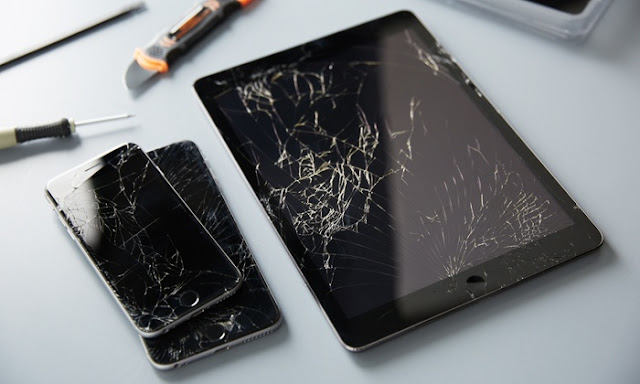LOCAL IPHONE REPAIR SHEFFIELD
Do you need Iphone Repair in Sheffield ? If you do this can be carried out by one of our website featured mobile phone repair specialists.
Are you looking in Google for where you can take your Apple mobile phone to be repaired in Sheffield? or maybe are you looking for a company that provides local Apple Iphone Repairs such as replacing cracked screens, fitting new microphones, repairing sound faults such as no volume being played through the phones earpiece / speaker, is your phone having poor or low battery life, or it is having battery charging problems?
Our featured companies are local specialists in iphone repairs in Sheffield, with experienced and trained technicians that can repair your model of mobile phone in the shortest of times, often the same day (subject to the problem and of course the parts availability).
 |
| Iphone Repair Sheffield - Mobile Phone Repair Shop Sheffield |
All models of iphone can be fixed and repaired by our featured companies, from the original model through to the latest ones, including really popular models such as the Iphone 6, 7, 7, SE models, and the latest large screen XS models too.
Our featured listings covers several companies in this city (as well as mail order ones) so if you need to find someone local to you in Sheffield, you shouldn't have to travel too far to get your Apple mobile phone repair completed.
.
.
For local Iphone Repair In Sheffield:
iSmash - Meadowhall Centre
Unit 99, 51 High Street, Meadowhall, Sheffield S9 1EP
Telephone: 0114 299 4615
.